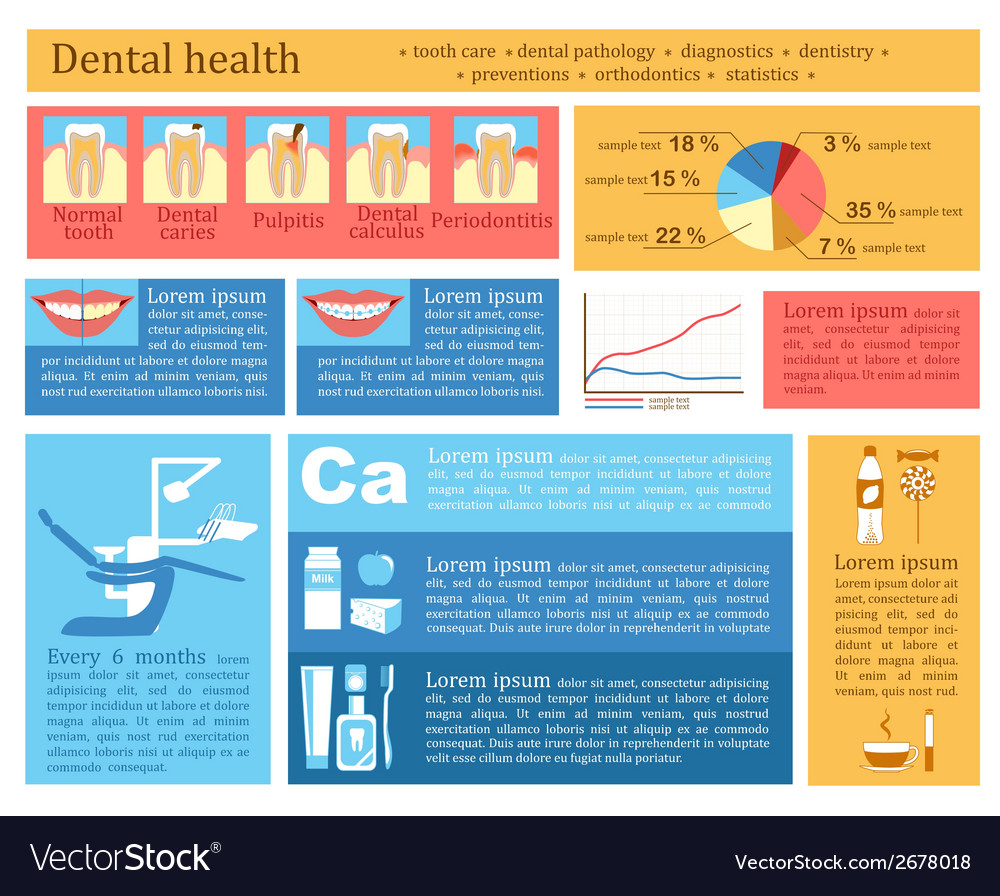Be Prepared For Unexpected Dental Emergencies By Acknowledging The Indicators Of Injury And Understanding When To Look For Immediate Care
Be Prepared For Unexpected Dental Emergencies By Acknowledging The Indicators Of Injury And Understanding When To Look For Immediate Care
Blog Article
Written By-Silverman Weiner
If you really feel an abrupt jolt of discomfort or notice a tooth injury, it can be disturbing. Yet just how do https://howtotreatperiodontaldise21097.blogs100.com/31155040/revitalize-your-smile-revitalize-your-self-confidence-discover-how-dental-implants-can-encourage-you-with-the-self-confidence-and-self-worth-you-have-always-imagined identify if it's a dental emergency that calls for prompt attention? Recognizing the vital signs and recognizing when to look for help can make all the difference in protecting your oral wellness. Knowing when to act swiftly could imply the distinction in between a quick fix and a lot more substantial therapy.
Common Types of Dental Injury
What're the typical types of oral injury that you should understand?
Crashes can occur, bring about numerous kinds of dental injuries. One common type of dental injury is a split tooth. This can occur from attacking down on something tough or experiencing an impact to the face.
Another type is a busted tooth, where a part of the tooth can chip off. Furthermore, you may experience a knocked-out tooth, which can take place throughout sporting activities or falls. It's important to manage the tooth very carefully and seek immediate dental attention.
Oral injury can likewise entail a tooth that has actually been pushed out of setting or loosened as a result of an injury. This kind of injury requires prompt therapy to save the tooth.
Finally, soft tissue injuries in the mouth, such as cuts, can also take place from accidents. Finding out about these usual kinds of oral injury can assist you act swiftly and appropriately in case of an emergency situation.
Indications of Oral Emergency Situations
Acknowledging the signs of oral emergencies is important for punctual activity and proper treatment. If you experience extreme tooth discomfort that's constant and throbbing, it could show a hidden problem that calls for immediate attention.
Swelling in the gum tissues, face, or jaw can also signify a dental emergency situation, specifically if it's accompanied by pain or fever. Any type of type of injury to the mouth resulting in a cracked, damaged, or knocked-out tooth must be treated as an emergency to stop additional damage and prospective infection.
Bleeding from dentist office open near me that doesn't quit after using pressure for a few minutes is an additional warning that you must seek emergency situation oral treatment. Additionally, if you see any type of indications of infection such as pus, a foul taste in your mouth, or a fever, it's essential to see a dental professional as soon as possible.
Disregarding these signs could lead to much more severe problems, so it's essential to act quickly when confronted with a prospective dental emergency situation.
Importance of Immediate Therapy
Motivate activity and prompt therapy are vital in addressing oral emergency situations to stop further problems and make certain ideal outcomes for your oral wellness.
When confronted with a dental emergency, such as a knocked-out tooth or extreme tooth pain, looking for instant therapy can make a substantial distinction in saving your tooth and minimizing pain. Delaying therapy can bring about infection, boosted discomfort, and even long-term damage to your teeth and gums.
By seeking emergency dental treatment promptly, you boost the possibilities of effective therapy and restoration. Dental practitioners have the required abilities and tools to resolve emergencies successfully, lowering the risk of long-lasting repercussions.
Additionally, instant therapy can aid handle discomfort and discomfort, permitting you to resume your day-to-day tasks without distraction.
Conclusion
To conclude, understanding dental trauma and recognizing when to seek first aid is crucial for preserving oral health.
By recognizing usual types of oral injuries and the indications of oral emergency situations, you can make sure timely care to stop more damage and issues.
Keep in mind, looking for prompt therapy can conserve teeth, lower pain, and increase the possibilities of effective recuperation.
Do not hesitate to seek help from an oral professional if you experience any type of signs of dental injury.
